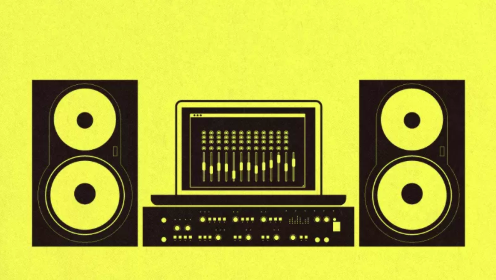The Basics of Music Production: Part 1
October 9, 2018
For those who are interested in creating their own music and think they can do so without spending numerous hours of editing through various different programs and software, then I recommend you click out of this article now. Although I have only recently begun working on my own musical creations and experimenting with different types of software, I have done enough research to guarantee that if you are just starting off, or even know about the whole process, I can definitively say that music making is a long undertaking.
With all that in mind, this article will cover the very basics of music production—what to get in order to start off. At the crux of all music production is something called the “DAW,” or a digital audio workstation. A DAW is a software that allows a musician to record, mix, and literally create digital tracks and acts as a hub for all things in audio production. Whether someone is interested in recording instruments externally through a microphone or playing internal sounds produced by virtual instruments, the DAW is the place that arranges it all. Some of the top DAWs (highest rated) on the market are Ableton Live, Logic, and FL Studio. Each program may appear intimidating at first … which is rightfully so, as each requires a lot of learning to get the hang of. It is essential to do some additional research on how each program operates when starting out—I recommend simply running through a few tutorials on YouTube to start.
After purchasing a DAW suitable for your computer, it’s important to note what kind of music you want to make, and what kind you are capable of making. Meaning, if you play an instrument at the moment and you wish to record your playing, there are two ways to do so. First, if an instrument is electric or uses a 6.3mm wire, then I recommend purchasing a digital audio interface system. These systems are important because they connect your microphones and other audio gear directly to your computer. If you are planning to use an instrument that doesn’t utilize any sort of direct wires or connections—a violin or a flute for example—then I would recommend purchasing a good quality microphone that can pick up the sounds of the instruments clearly and without any static. Otherwise, if you are interested in producing music solely through the huge library of digital instruments on the internet, then I suggest you invest some money in purchasing a “midi” controller. A midi device takes digital inputs (sounds on the computer) and converts them to their analog equivalents—meaning that you can play any digital instrument you want to play, through something like a keyboard.
